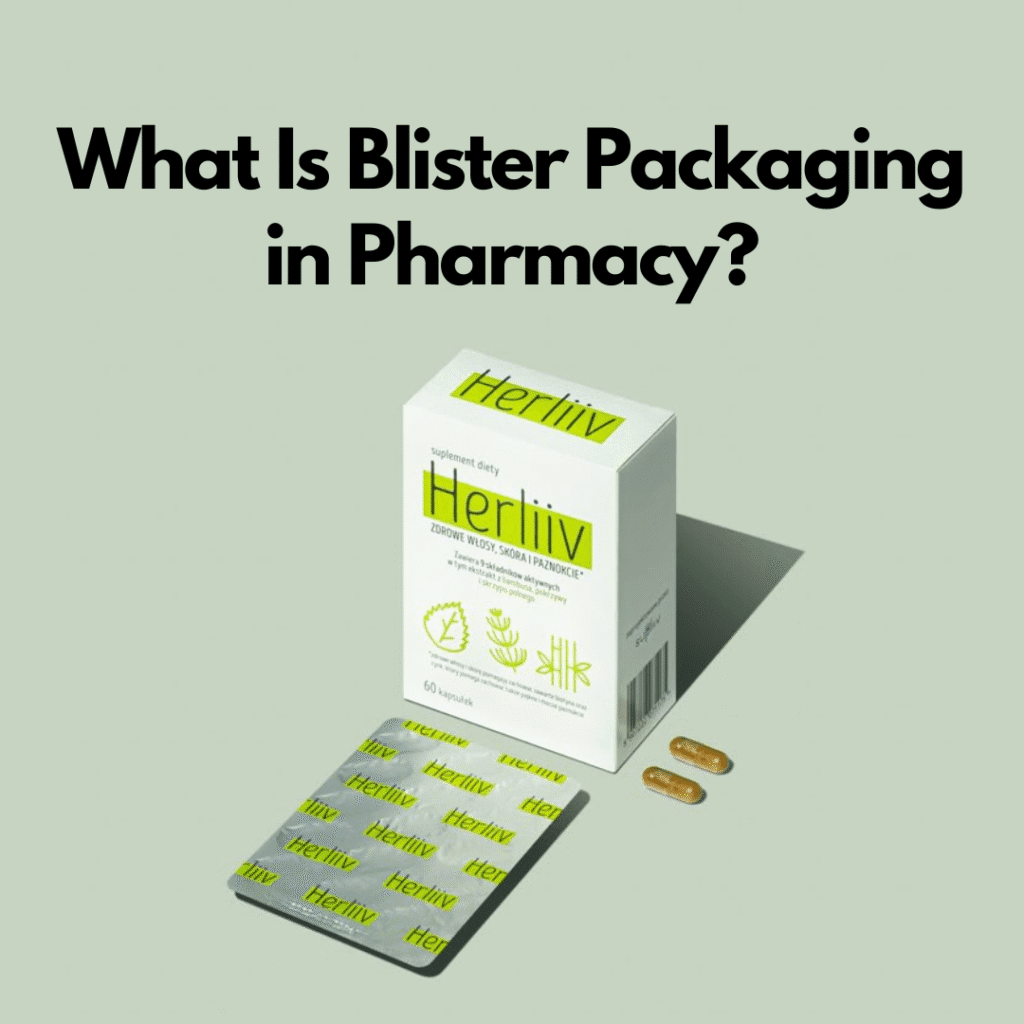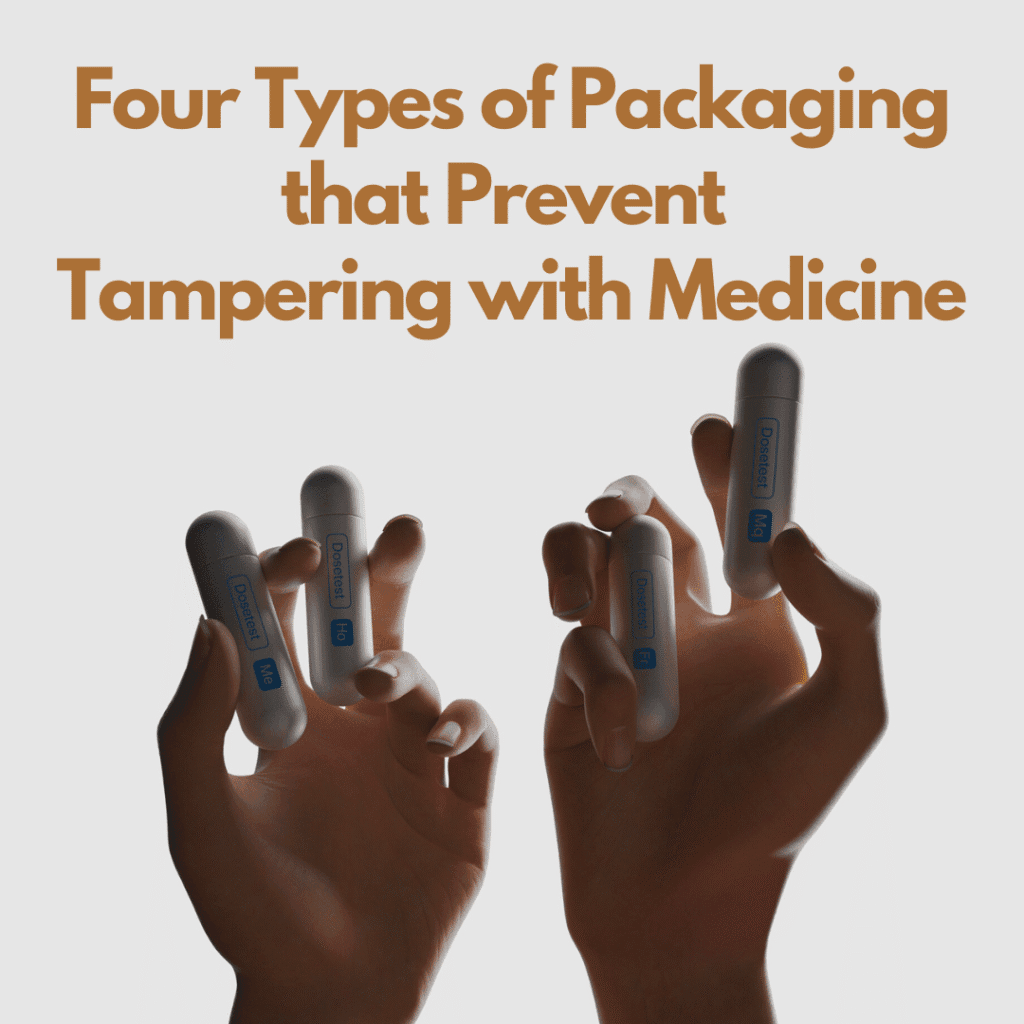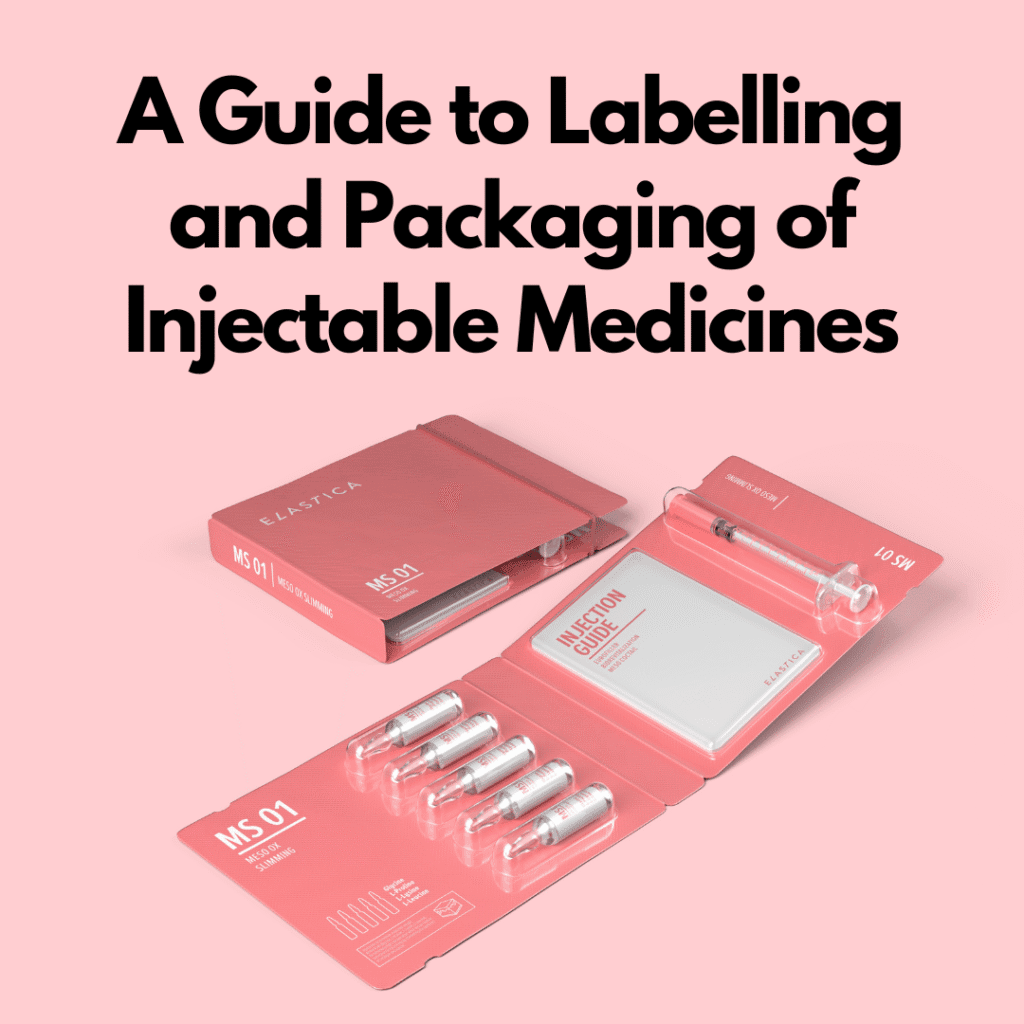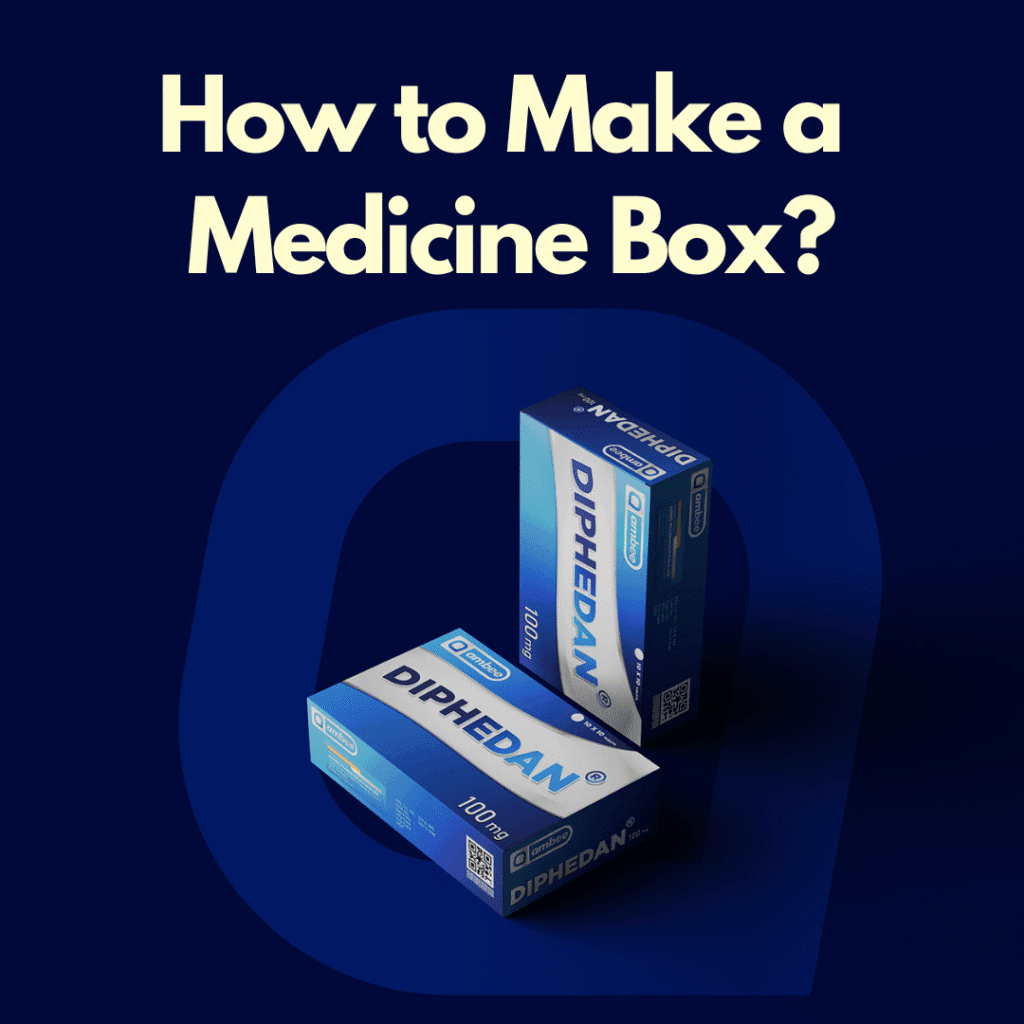What Is Blister Packaging in Pharmacy?
Curious to know innovative solutions?! Let’s get started! Contact our packaging experts today for a free consultation and receive an instant, no-obligation price estimate. GET Quote What Is Blister Packaging in Pharmacy? The most often used kind of packaging in the pharmaceutical industry is blister packaging. It is used to store and protect medications. The prescription and over-the-counter medications all find plenty of uses for this packaging. This is a practical and affordable approach to guarantee medications remain safe, secure, and easy to use. Here, we will go over blister packaging as a definition, types, benefits, and use in pharmacies. We will also take into consideration how this packaging approach could improve patient safety and raise medication compliance. Understanding of Blister Packaging This kind of packaging is quite popular in the medical profession for preserving medications. It’s sealed foil-style. This plastic container separates every medicinal dose. The blister packs help to protect medication from light, moisture, and other contaminants. It ensures both the general safety and the ability of the medication. By keeping every amount clearly arranged, blister packs also help patients to easily follow their schedules and manage their medications. Types of Blister Packaging Blister packaging comes in different types, each with special features. Pharmacies use them depending on the demand for the medicine. Cold-Formed Blisters Cold-formed blisters are created by shaping plastic at low temperatures without heat. Their strong barrier is made from multi-layer foil. For medicines sensitive to moisture, this kind of packaging provides great protection. Heat-Sealed Blisters The healthcare industry makes extensive use of blister packaging that is sealed by heat. A plastic sheet is heated and molded into pockets to hold medication. Then, a paper or aluminium foil layer is applied and sealed with heat. It is ideal for tablets and capsules. Push-Through Blisters Push-through blister packaging lets the patient push the tablet through the plastic cavity. It is common for tablet packs. The plastic protects the pill and makes it easy to remove without damage. It is good for self-use. Lidding Films Lid films protect the medicine and close the blister pack. You can create this kind of packaging with paperboard, foil, or metal. Important information like dosing directions, cautions, and expiration dates is generally shown on the lidding. Key Benefits of Blister Packaging in Pharmacy For businesses as well as for buyers, blister packaging has various benefits. The key benefits are listed below: Protection and Safety Medications are kept protected from air, moisture, and light by blister packs to prevent breakdown. The packed sections protect tablets from infection, which guarantees their effectiveness. In addition, the safe packaging helps to avoid tampering. This guarantees the medicine reaches the patient in its desired state and stays safe for use. Medication Maintenance By doing the dosage setup in different compartments, blister packing helps in maintaining medication. The majority of packets have a weekly or monthly calendar. This helps consumers keep track of their prescription routine. This guarantees that patients take the medications as advised. Also, it helps them follow their treatment plan more precisely and reduces missed dosages. Convenience and Easy Use The blister packs are small and simple for carrying around. That’s why they are handy for patients. The medicinal products are arranged so that patients can just grab a pill as needed. The blister’s clear design lets patients view the remaining dosages, which can serve as a useful reminder for refilling prescriptions. For travelling, it is a fantastic fit for their lightweight packing. Cost-Effective and Efficient As compared to bottles or jars, blister packaging is rather cheap. It is produced easily, which lowers production costs. It has a minimal shape that saves companies’ and pharmacies’ storage capacity. The packaging uses few materials and is easy to put together. This makes it a cost-effective choice for making and storing products. The Role of Blister Packaging in Patient Safety Patient safety is strongly influenced by blister packing. It shields medications against moisture, infection, and harm. Because every tablet is stored separately. That’s why patients can easily evaluate their dosages. This reduces the possibility of taking the incorrect dose or neglecting one. Clear blister pack labels also help users know when and how to take their medications. In this way, patients feel more confident and safe. With blister packaging, medication errors become less likely, creating better health outcomes. Blister Packaging for Special Populations Blister packaging can be very helpful for people with special needs. It makes taking medicine safer and easier for everyone. For Elderly Patients Sometimes senior citizens forget to take their medication. Blister packets help in the organization of every dosage. If they take their medication for the day, they can quickly see. This helps individuals follow their treatment plan and enhances safety. For Children Children need special care with medicine. Blister packs make it safer by keeping pills sealed. Kids cannot open them easily, which prevents accidents. Bright labels and designs can also make it easier for parents to give the right dose. For People with Disabilities Individuals with disabilities struggle to count pills or open bottles. These things can be managed by blister packs more easily. They offer clear labelling and simple packaging, making medicine use more comfortable and independent. For Patients with Chronic Illness Many times, patients with long-term conditions require many medications. Blister packets group their medications by day and hour. This reduces the possibility of mixing off-target dosages. It also enables caretakers and physicians to see whether the patient is using their medications as advised. For Travel and Busy Lifestyles With their easy portability and safety, blister packs make it simple for busy individuals and travelers to access their meds quickly. They also keep the medicine fresh and protected during travel. Patients feel more confident and prepared wherever they go. Issues and Factors to Consider in Blister Packaging Blister packing has major challenges even if it has benefits. Producing unique materials and machinery may be expensive. Certain medicines require additional protection, which might be challenging. For senior or







